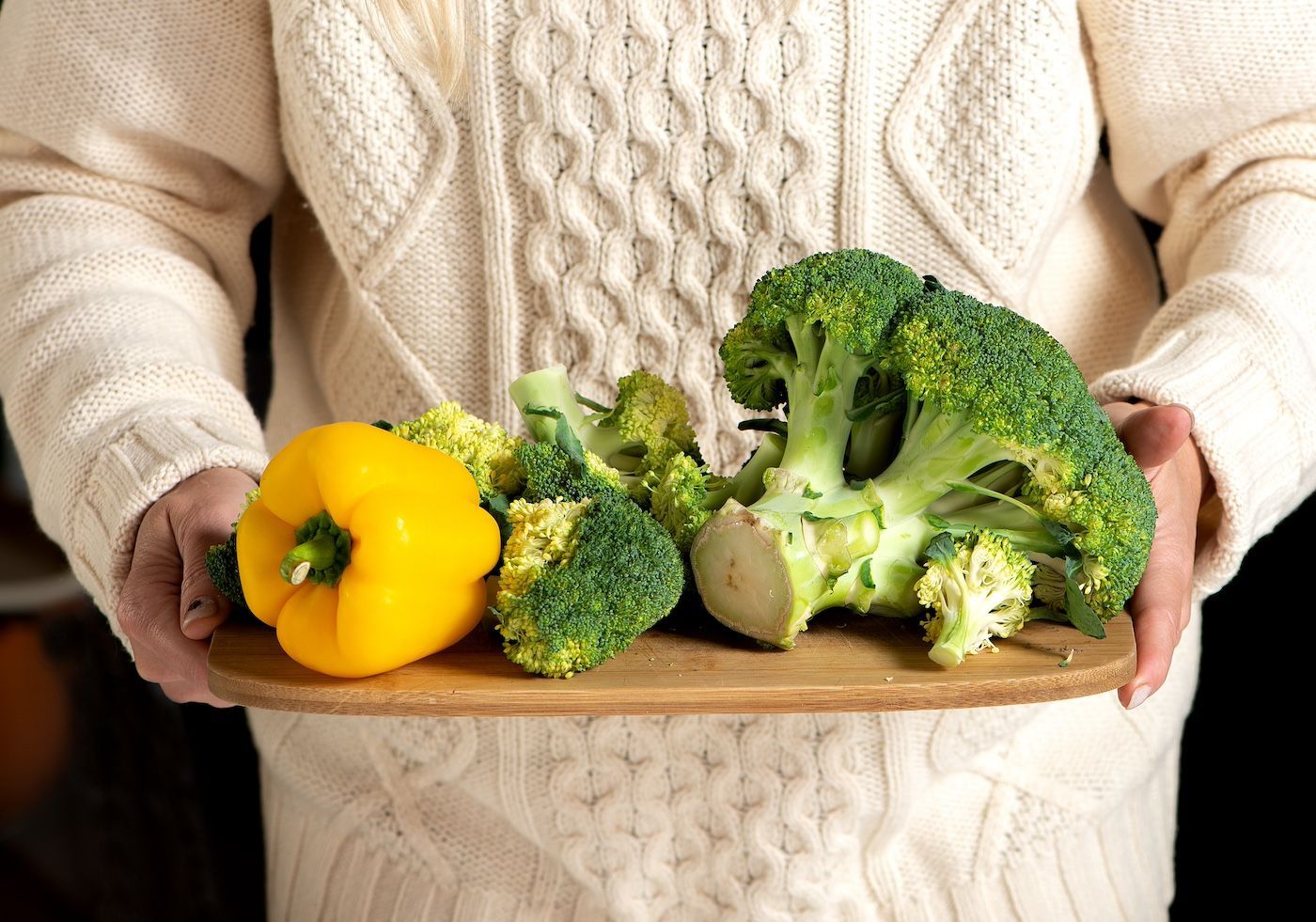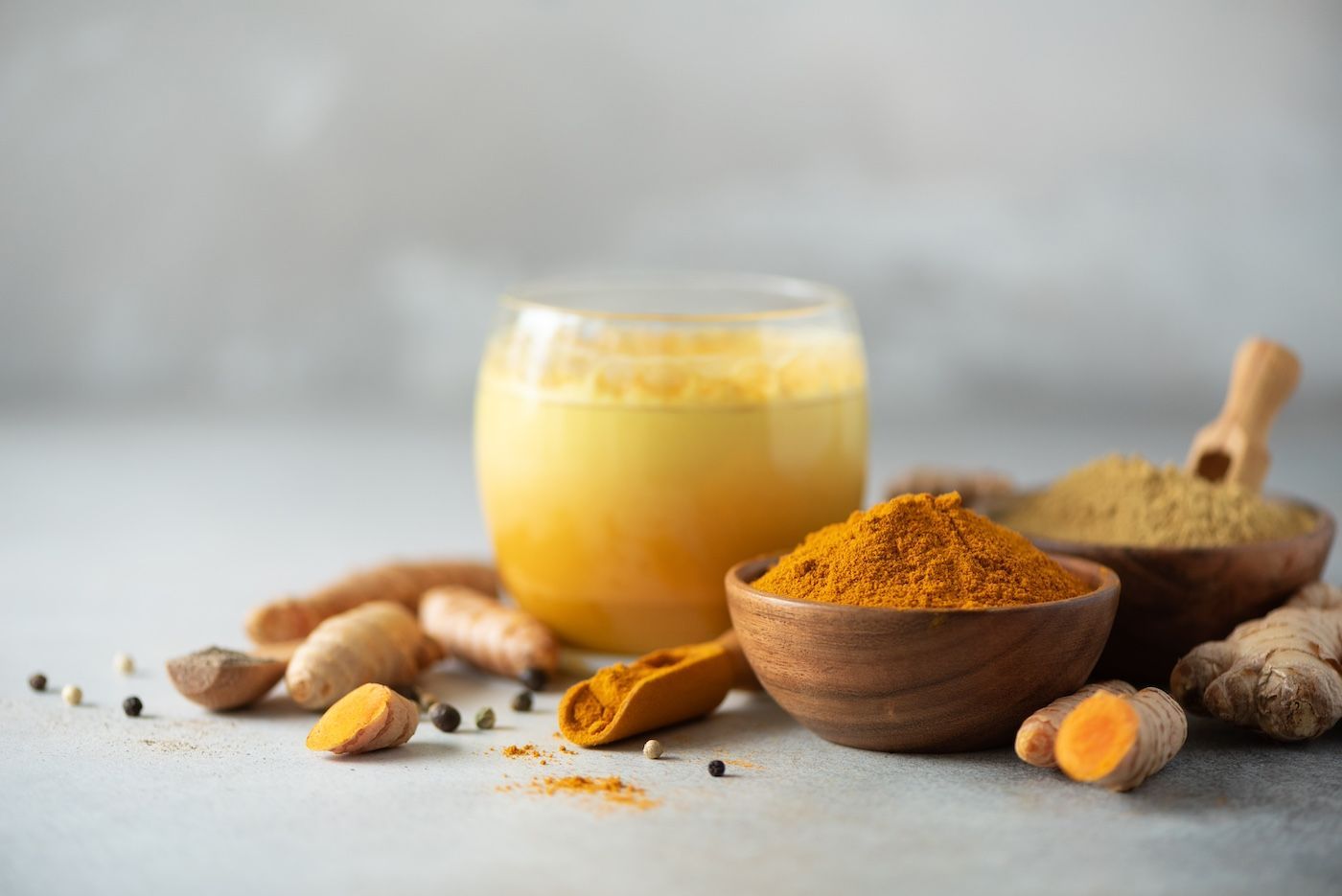Chews Your Health
Vitamin A

What is Vitamin A?
Vitamin A is a fat soluble vitamin which means it stays in your body longer than water soluble vitamins (like vitamin C) and most of it is stored in the liver. Due to storage in the liver, there is a risk of toxicity (hypervitaminosis A) and can cause headaches, skin abrasions, liver damage, bodily pain, and even death. The Upper Level (UL) intake of vitamin A is 3,000 mcg of Retinol Activity Equivalents (RAE) for adults. There are two forms of vitamin A: preformed retinol (found in animal products like liver and dairy) and provitamin A carotenoids (found in leafy greens).
What does vitamin A do?
Vitamin A supports the body’s immune system. It is important in wound healing and infections. Vitamin A helps maintain vision and some studies show a link between antioxidant function of provitamin A carotenoids and Age-Related Macular Degeneration (AMD). It plays an important role in reproduction and maintains cell growth and communication. Vitamin A forms cells to maintain organs such as heart and lungs and some studies show a link between vitamin A and reducing cancer.
What are the best sources for vitamin A?
Vitamin A supplements are available for those with issues with food availability or absorption, however, the best way for your body to use vitamin A is through whole foods! Vitamin A absorbs more efficiently with a quality fat because it is fat-soluble (handful of nuts, avocado, extra virgin olive oil).
Dark leafy greens, particularly spinach
Sweet potatoes
Liver
Carrots
Pumpkins
Blackeyed peas
Peppers
Herring
Squash
Broccoli
Dairy
Deficiencies and what to look for
Vitamin A deficiency is generally rare in the United States, but here are some sign and symptoms of vitamin A deficiency.
The most common symptom of deficiency in children and pregnant women is dry eyes (xerophthalmia)
Deficiency can cause low iron in the blood (anemia)
Diarrhea can cause vitamin A loss (mostly in young children).
Deficiency increases risk of infections and slows wound healing








